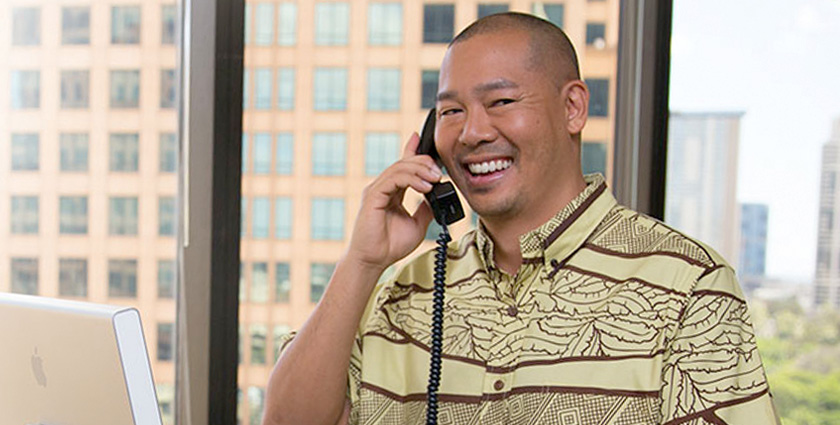Fiber is the future of phone service, too!
COVID-19 has forced everyone to rely more heavily on communications tools to stay connected from home. Fiber-optic technology has proven to be much faster, less prone to interference and more reliable than traditional copper given the increased demand for reliable high-speed Internet service for work, school and especially entertainment applications across multiple devices. But what about the plain-old telephone service (POTS) coming into your home or business?
The great news is that Hawaiian Telcom is building out the fiber network to support phone service, too! It’s not just for High-Speed Internet and TV. Phone service over a fiber-optic phone line is more secure, virtually immune to interference and extremely reliable. While Hawaiian Telcom puts in a lot of work to reduce risks copper lines are vulnerable to, they are inherent with copper technology and cannot be completely mitigated. Let’s touch on each of these.
Interference
There are four categories of interference that copper phone lines are susceptible to: environment, Radio Frequency Interference (RFI), crosstalk, and voltage surges. Copper wires degrade faster when exposed to extreme heat or temperature fluctuations in the environment, and are susceptible to electromagnetic interference from lightning and other electrical equipment. RFI can happen when some part of the phone line or system is on the same frequency as the offending signal, converting it into audio heard during a phone conversation. Crosstalk happens when one phone circuit signal jumps to another circuit. Weather and electrical-power supply issues can lead to power surges in copper phone lines. Fiber-optic cables aren’t susceptible to these types of issues.
Reliability
With fiber, broken or damaged lines are much easier to detect and isolate making repairs quicker. Fiber-optic lines are also less vulnerable to water than copper. We all know that electricity and water don’t mix. If any exposed portion of a copper phone line is in contact with water, it is almost guaranteed to fail.
Getting Ready for Fiber
Fiber is the direction the telecommunications industry is moving. In order to stay on top of this technology, Hawaiian Telcom is committed to expanding its fiber footprint throughout the State. What can you expect when it’s time for your phone service to change? Fiber-optic phone lines require a power source at the customer endpoint. Consider investing in an alternative power supply so that in the event of a power outage at your home or business, you have a substitute power source for the end-point device. Option include: 1) a low-cost battery backup to provide power up to 24 hours such as the ones offered by Hawaiian Telcom; 2) an uninterrupted power supply (UPS) in addition to or in place of a battery backup; or 3) a generator.
If using a battery backup or UPS and an outage occurs, you may consider disconnecting the phone when the power goes out if you don’t need the phone right away. This will prolong the battery for use when you need it instead of it slowly discharging while on standby. A traditional corded phone is best to use during a power outage as a cordless phone handset also requires power to operate.
If you have phone service with Hawaiian Telcom and haven’t upgraded it to fiber yet, call us to the check availability in your area and start enjoying the benefits of fiber today!

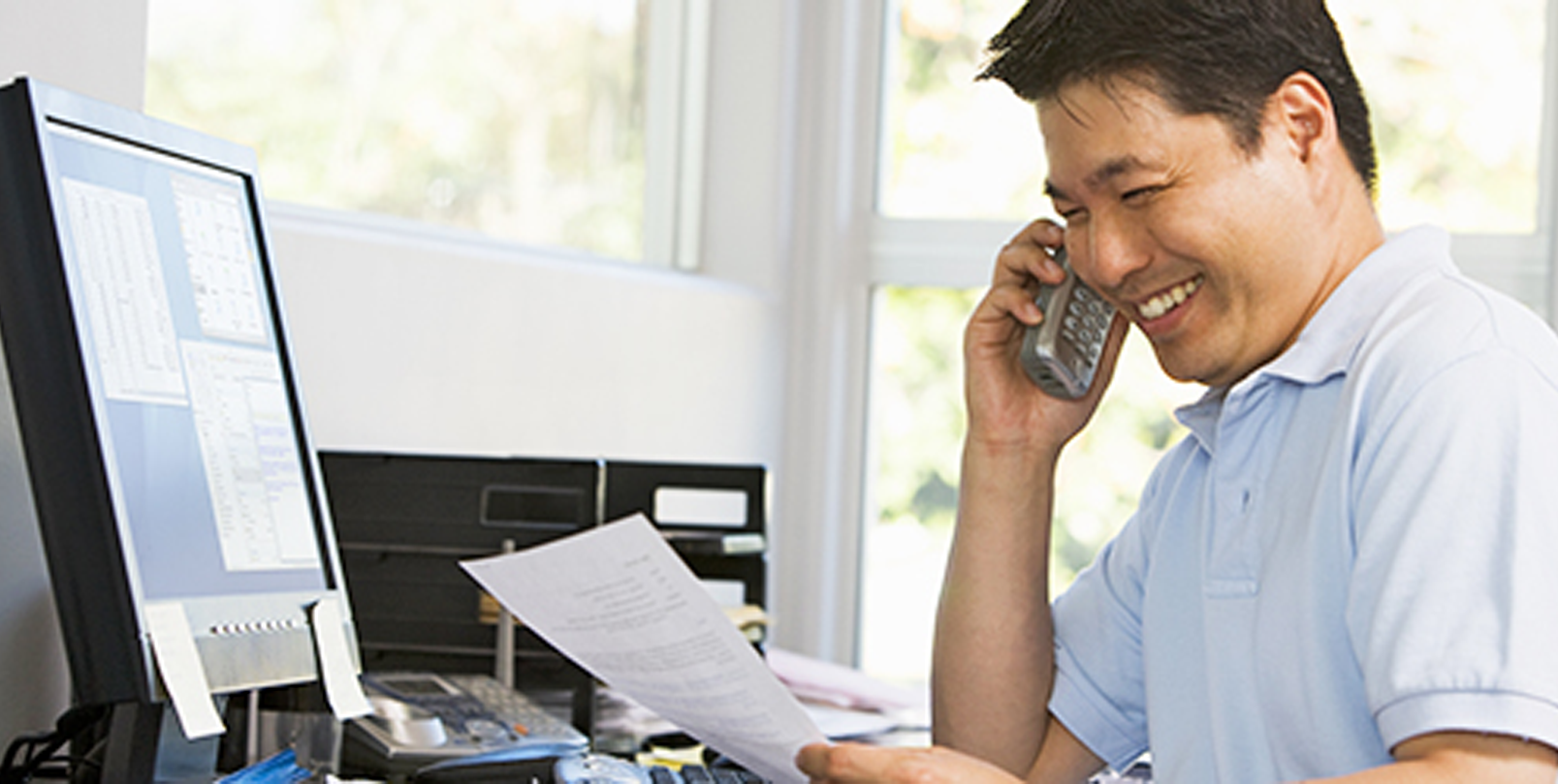
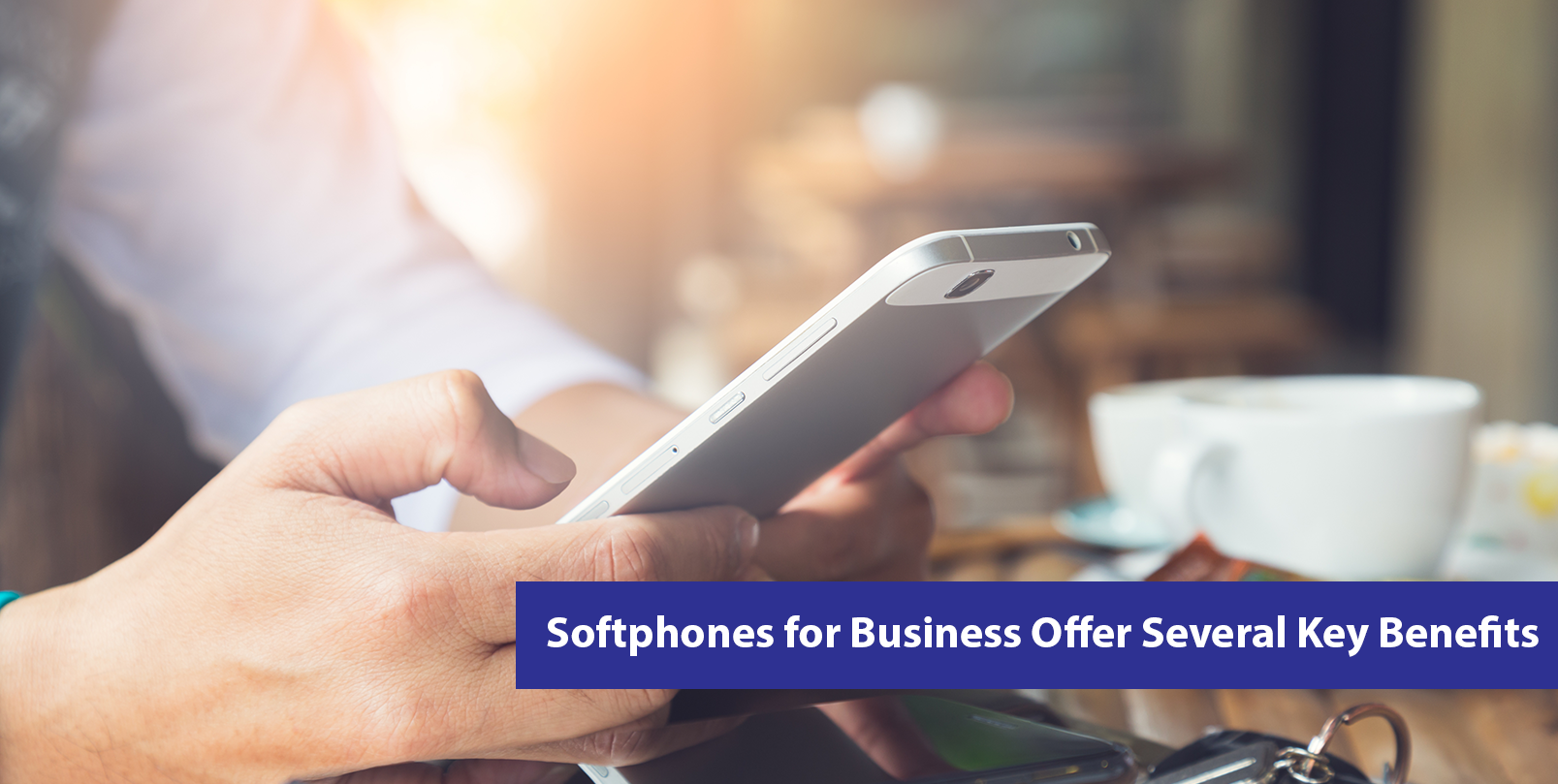
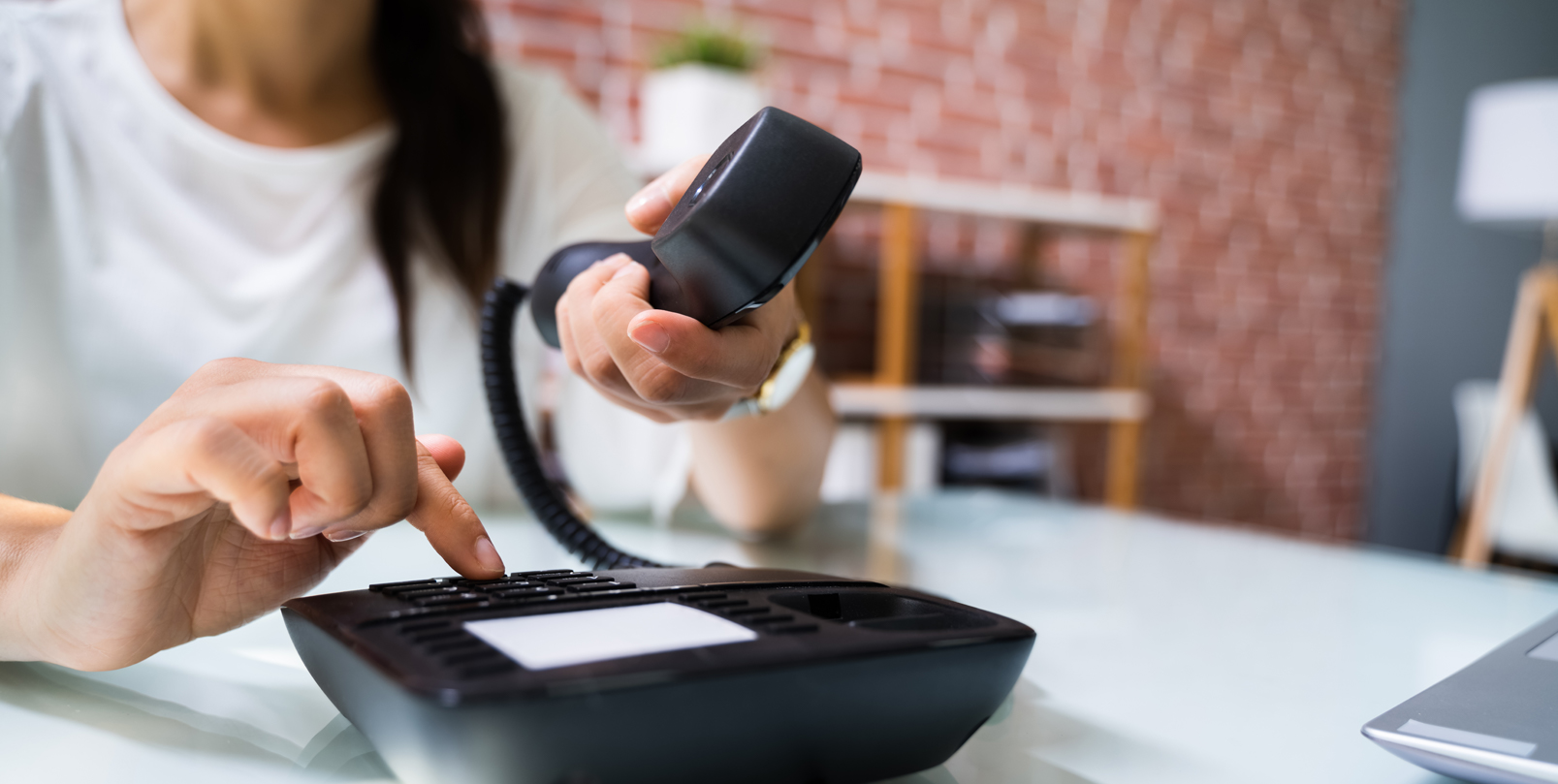
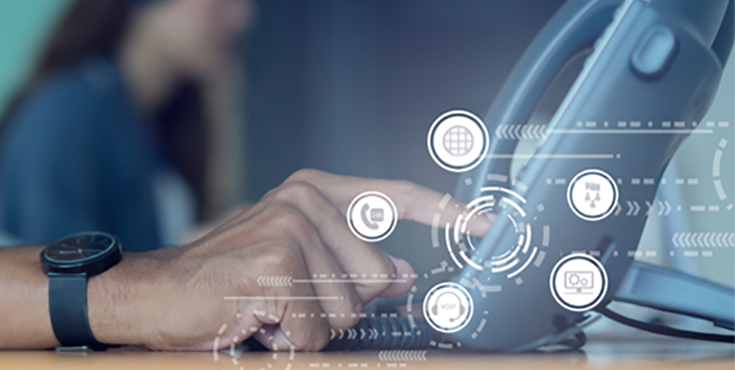
-1.jpg)
